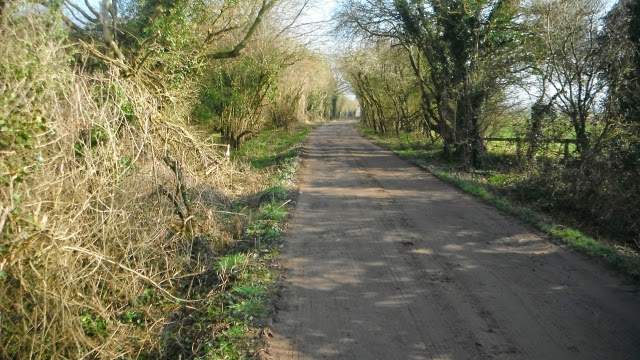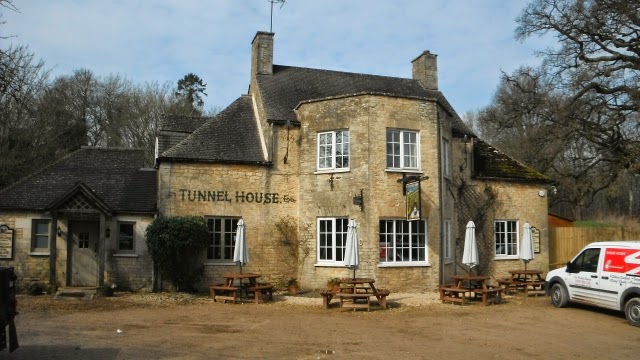CIRENCESTER TO BATH MAINLY ON THE FOSSE WAY
20 MARCH 2015 - BATHEASTON TO BATH
The Old Mill Hotel has a nice restaurant overlooking the River Avon and the buffet breakfast was excellent. The morning was overcast but the indications were it would not last. We opted not to follow the course of the Fosse Way into Bath as it is now an A road although there is a footway.
We crossed the Toll Bridge over to Bathampton on the south side of the River Avon which is next to a pretty weir. Followed the road as it crossed over the A4 and a railway.
This is St Nicholas Church in Bathampton and a lady kindly went and got the key to let me in as I wanted to see an exhibition on the life of Arthur Phillip RN (1738 - 1814) the First Governor of New South Wales and Founder of modern Australia. Better than that I came away with a good booklet by Robin Donald charting his career. http://en.wikipedia.org/wiki/Arthur_Phillip
This is part of the display.
Then it was up some steps and on to the towpath of the Kennet and Avon Canal which runs 87 miles from Reading on the River Thames to Bath and the River Avon. http://www1.katrust.org.uk/
During the next half hour as we followed the towpath for 2.8 miles we were able to enjoy the lunar eclipse of the sun and because the sun was nearly obscured by the cloud I was able to take this photo. Later as we walked along the canal it was possible to see it in the waters of the canal. Lots of people were out of their canal boats looking at it through the right kit.
As you enter Bath the canal goes through tunnels and under Cleveland House, former HQ of the canal company.
The sun was now making its presence felt and we were in for a good day.
There is then a series of locks down to the River Avon
It was at this lock that I had a two our training course before being able to hire a canal boat, there is much more to it than you think.
The eclipse was over and the sun was warming us up and it was a magical still morning.
The sun was full out as we reached the bottom lock into the River Avon with this lovely weeping willow tree.
We followed the River Avon downstream, got mixed up with a whole load of tourists doing a town walk and then headed up through gardens to admire the Royal Crescent. This is a row of 30 houses designed by John Wood the Younger and built between 1767 and 1774 which has Grade 1 Listing.
Fortunately if you photograph it from below you do not see too much of the parked cars. Number 1 is a museum showing how it would have been in the 18th Century and Numbers 15 and 16 are the Royal Crescent Hotel. http://en.wikipedia.org/wiki/Royal_Crescent
Heading into town we went through the Circus another excellent example of Georgian architecture. http://en.wikipedia.org/wiki/The_Circus,_Bath
Descending through the picturesque town with its alley ways and wide variety of shops we aimed for Bath Abbey. http://en.wikipedia.org/wiki/Bath_Abbey This is a picture of its spectacular ceiling, a major construction achievement at this height in those days.
The Abbey is full of things to look at and memorials to all sorts of people.
Window commemorating the crowning in Bath Abbey in 975 of Edgar, first effective king of all England.
We adjourned to the www.coeur-de-lion.co.uk for a pub meal and a pint and then returned to the square outside the Abbey to listen to a musician busking and then went home on the train.
A 6-mile day
The next adventure the North Wales Coast Path.




































































